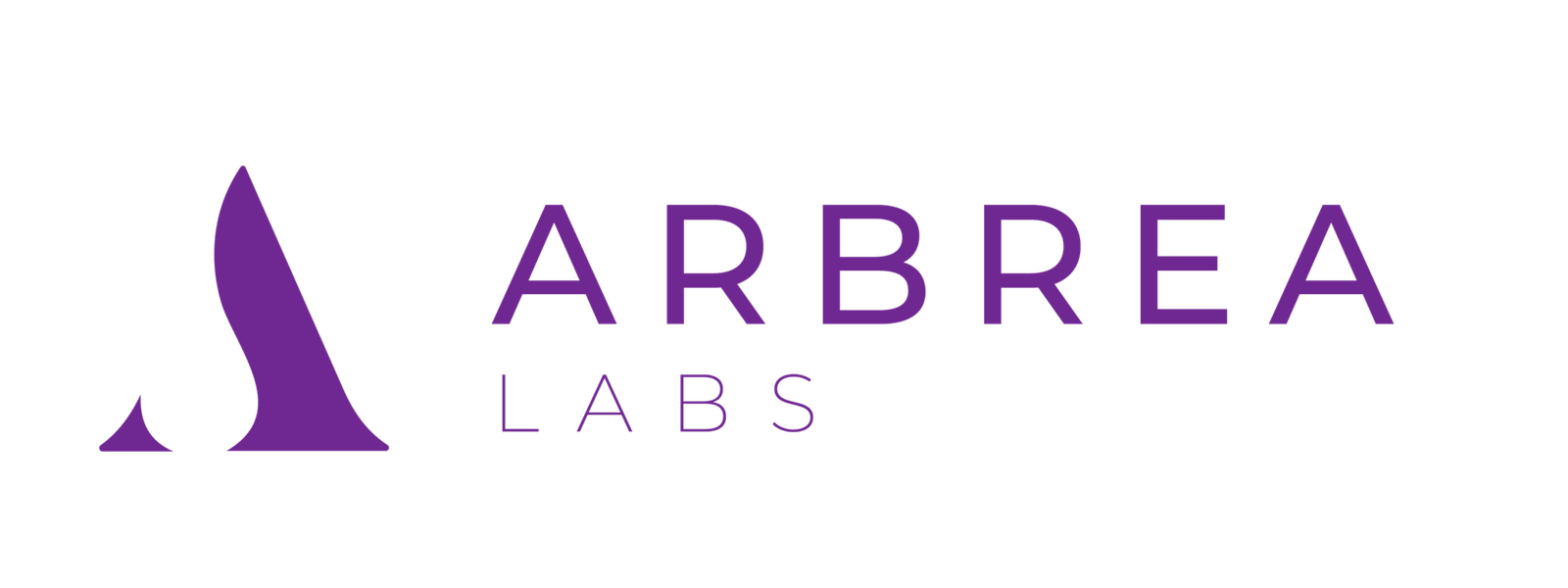Undergoing rhinoplasty, or nose reshaping surgery, is a significant step towards achieving the facial harmony and aesthetic goals you desire. Whether you’ve chosen this procedure for cosmetic reasons or to address functional issues, understanding the recovery process is crucial to ensure a smooth journey. At the one-month mark, you’re likely eager to see the results of your surgery and curious about the ongoing healing process. Here’s a comprehensive guide to what you can expect one month after rhinoplasty.
Initial Recovery Phase
Before diving into the specifics of the one-month post-op experience, it’s helpful to recap the initial recovery phase. Right after surgery, you’ll experience swelling, bruising, and discomfort, which are all normal parts of the healing process. During the first week, you might have splints or packing inside your nose to support its new structure. These are typically removed after a week, allowing you to get a glimpse of your reshaped nose, albeit with significant swelling.
The One-Month Milestone
By the time you reach the one-month mark after your rhinoplasty, you’ll likely notice substantial improvements in your recovery. Here’s what to expect:
Reduced Swelling and Bruising
- Visible Improvements: The most noticeable change at one month is the reduction in swelling and bruising. While some residual swelling, particularly around the tip of your nose, is still expected, the majority of the pronounced swelling will have subsided. This gives you a better idea of your surgical outcomes.
- Subtle Refinements: Although your nose will look more refined than in the first few weeks, it’s important to remember that complete healing and final results can take up to a year. Patience is key as your nose continues to settle into its new shape.
Breathing and Functional Improvements
- Easier Breathing: If your rhinoplasty included functional corrections, such as fixing a deviated septum, you should notice an improvement in your breathing. Any initial congestion or blockage should be significantly reduced by this point.
- Comfort Level: You’ll likely feel more comfortable and experience less tenderness and sensitivity in your nose. However, it’s still wise to avoid strenuous activities or anything that could potentially impact your nose.
Resuming Normal Activities
- Exercise and Physical Activities: At the one-month mark, many patients receive clearance from their surgeons to resume light physical activities. However, it’s essential to avoid high-impact exercises or sports that risk facial injury. Gentle activities like walking or light yoga can typically be resumed.
- Social and Professional Life: Most people feel comfortable returning to their social and professional lives within a month after surgery. Any residual swelling is usually subtle enough not to draw attention, and makeup can be used to cover any lingering bruises.
Care and Maintenance
Even at the one-month stage, proper care is crucial to ensure optimal healing and results. Here are some tips to follow:
Skin Care
- Gentle Cleansing: Continue to cleanse your face gently. Avoid scrubbing your nose area to prevent irritation or disruption of the healing tissues.
- Sun Protection: Protect your skin from the sun. Sun exposure can cause pigmentation changes in healing tissues, so use a broad-spectrum sunscreen and wear a hat when outdoors.
Follow-Up Appointments
- Regular Check-Ins: Keep attending all scheduled follow-up appointments with your surgeon. These visits allow your surgeon to monitor your healing progress and address any concerns you may have.
- Open Communication: Maintain open communication with your surgeon. If you notice any unusual symptoms, such as increased pain, swelling, or signs of infection, contact your surgeon promptly.
Emotional and Psychological Adjustments
- Adjustment Period: It’s normal to experience an emotional adjustment period after rhinoplasty. You might feel a mix of excitement and impatience as you wait for the final results to manifest. Remember that emotional ups and downs are a common part of the recovery process.
- Self-Confidence: Many patients start to feel a boost in self-confidence as they become more accustomed to their new appearance. Embrace this positive change and give yourself time to adjust to your refined look.
Long-Term Expectations
While one month post-rhinoplasty marks significant progress in your healing journey, it’s essential to have realistic expectations about the final results. Complete healing can take up to a year, especially for the nasal tip. Here’s what to keep in mind:
- Gradual Refinement: Your nose will continue to refine and settle over the next several months. Subtle changes will occur, enhancing the final outcome.
- Patience is Key: Patience is crucial throughout this period. Trust the process and follow your surgeon’s advice for the best results.
Conclusion
Reaching the one-month milestone after rhinoplasty is an exciting and reassuring part of the recovery process. You’ll see significant improvements in swelling, breathing, and overall comfort. By continuing to follow your surgeon’s post-operative care instructions and maintaining realistic expectations, you’ll be well on your way to enjoying the full benefits of your rhinoplasty.
At Arbrea Labs, we’re committed to supporting you through every step of your aesthetic journey. Whether you’re considering rhinoplasty or in the midst of recovery, our advanced visualization tools and expert insights can help you achieve your desired outcomes with confidence and clarity. Remember, your path to enhanced beauty and self-assurance is a journey, and we’re here to guide you every step of the way.







